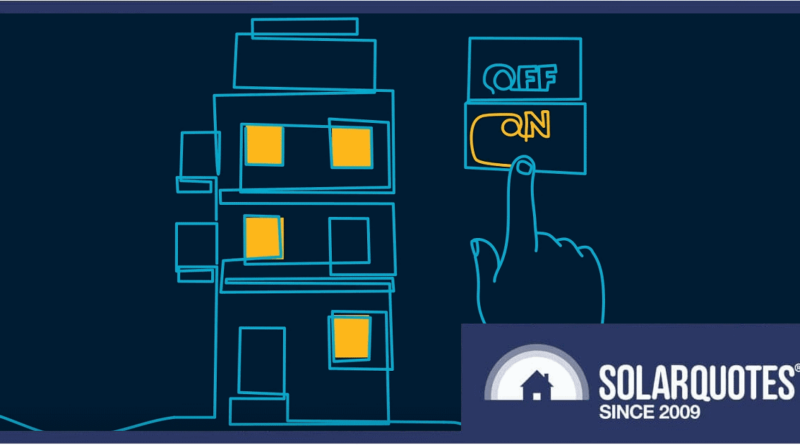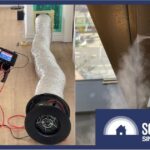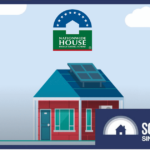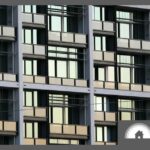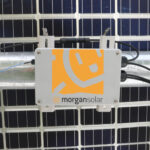Australian Apartment Energy Behaviour Study Under Way
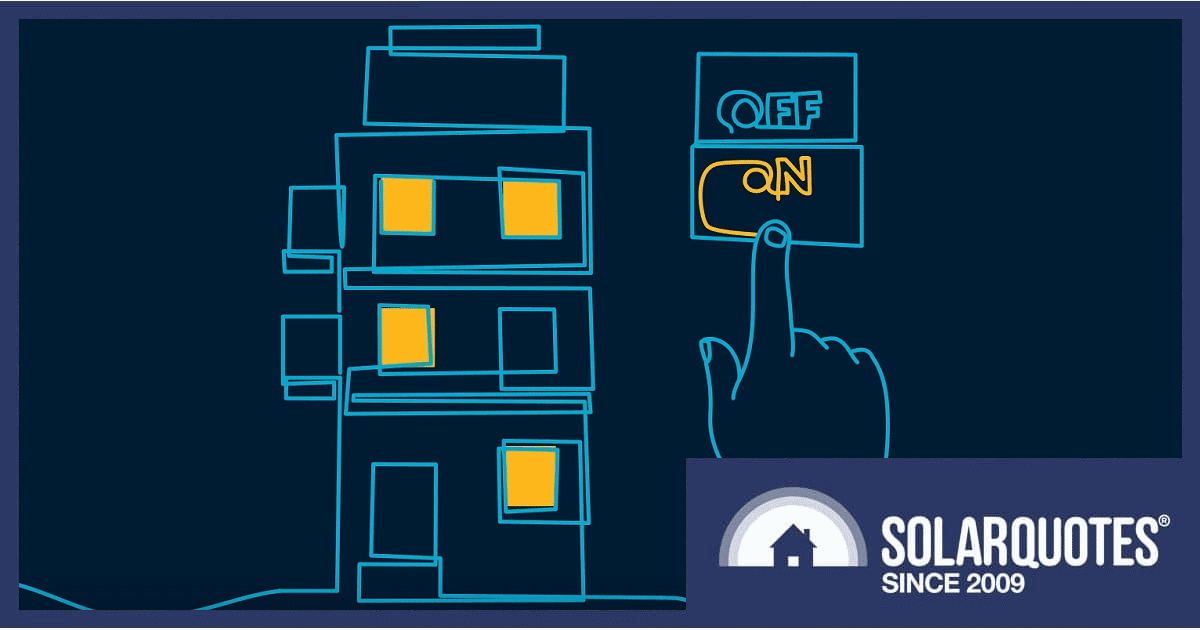

CSIRO is inviting selected households to join the largest investigation of apartment energy usage behaviour in Australia, but has had to overcome an unexpected recruitment challenge.
The Nationwide House Energy Rating Scheme (NatHERS) assesses the energy efficiency of homes, providing ratings for new dwellings. NatHERS looks at design aspects such as construction materials, and makes assumptions about how people use energy. But several assumptions about energy usage have their roots in the 1950s, and don’t take into account changes in behaviour since – especially in apartments.
With an increasing number of Australians living in apartments and this group often ignored in energy efficiency studies, it’s time to bring things up to date.
Led by Dr Pippa Soccio, the Apartment Energy Behaviour Study (AEBS) is aiming to install related monitoring equipment in 430 apartments. CSIRO says the results from AEBS will help improve apartment energy efficiency research and inform changes to the NatHERS software.
Sensors For This And That
There are quite a few devices involved in the monitoring:
- An air quality sensor (temperature, humidity, particulate matter)
- Environmental comfort sensor (temperature, humidity, light levels and noise level – decibel only, it doesn’t record conversations!)
- A monitor for recording use of heating and cooling.
- Sensor recording use of windows and balcony doors.
- Motion sensor (for recording occupancy).
- Household energy consumption meter (installed in the apartment’s switchboard).
These are all small devices installed by the AEBS team – except the energy consumption meter that is installed by an electrician – and most are battery-powered. They’ll record data every 15 minutes, 24 hours a day. CSIRO also provides a Wi-Fi router and a data-only subscription for each apartment.
Along with the devices, a floor plan of the apartment is drawn up, and major appliances and key design features documented. A 15-minute survey asking for details about who lives in the apartment and lifestyle is completed at the beginning of the trial. Once a month, a text message with one or two questions about specific household behaviours is sent that should take 1 minute to complete.
The Apartment Energy Behaviour Study involves monitoring over a period of two years, and at the end participants get to keep the gadgets that are collectively valued at $1,500 if they wish. Every household participating for at least six months will receive a report summarising the data collected.
CSIRO says the data obtained through AEBS will be utilised to test more than 50 assumptions in NatHERS.
Recruitment A Challenge
Getting all the gizmos together and into apartments has provided its own challenges, but something Dr. Soccio hadn’t counted on was suspicion. After writing to occupants in targeted buildings with personalised, hand-written letters and postcards, Dr. Soccio found some residents thought it was a scam.
“Because it’s so customised and bespoke and very much about trying to target people to make them feel special, it’s had the opposite effect, because it doesn’t look like what they expect from CSIRO.”
It’s a sign of the times I guess, and in a way the suspicion is good in this day and age. Dr. Soccio is now placing sandwich boards outside targeted buildings with information and identifying households within who can encourage and reassure others.
Another NatHERS related project involving CSIRO that we recently wrote about is a trial providing free home energy ratings to eligible owners and renters of existing homes (and not just apartments).
On a related note; apartment dwellers have been left behind in Australia’s home solar power revolution. Plug-in balcony solar panel systems aren’t permitted in Australia, but among the solutions that are is SolShare (more on the pros and cons of SolShare here).
Original Source: https://www.solarquotes.com.au/blog/apartment-energy-study-mb3117/

